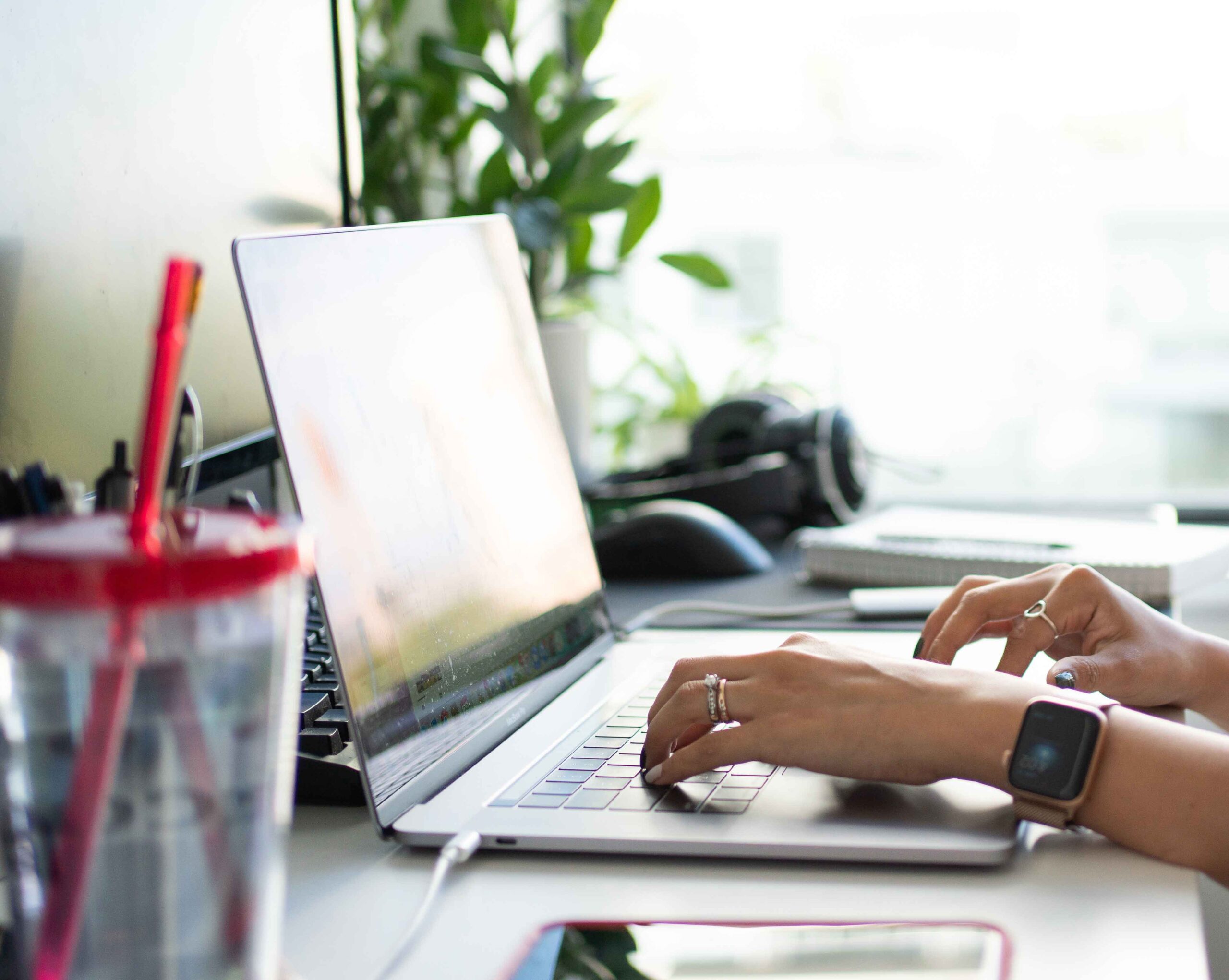Businesses have different office layouts based on their trade and available space. If the space is large, the owner has the liberty to alter the arrangements to suit their taste. However, a smaller office space needs creativity to utilise the limited space available. Business owners look for different aspects when optimising their office space, among them comfort and productivity. This article looks into ways through which office owners can optimise their space and bring out the best. We recommend D&G Office Interiors in Cardiff for high-end office furniture and office fit-outs for businesses.
Elements to Consider when Optimising Business Spaces
Draw an Office Plan
Every office activity needs a plan, which breaks down to cost and probable outcome. Designing an office needs elaborate procedures to utilise the floor space at a reasonable cost. Since it predetermines work stations and common areas, it needs workers input. Planning brings together financing, human capital, spacing and efficiency.
If resources allow, the office owner can bring in an interior designer. They have the expertise and capacity to model the available space to suit the purpose. In essence, an office plan guides the office owner on how to make the space more productive.
Type of Business
Distribution businesses require more floor space compared to service businesses. Likewise, businesses that deal with physical goods require more space than service industries. The following must come out clear when planning for office space:
- Complementary Departments – related departments such as operations and customer service should be on the same floor/adjacent space for seamless working.
- Storage – businesses with godowns on site can create storage facilities nearer to exits to make logistics easier.
- Grading and Sorting – complementary or identical brands can occupy adjacent spaces for easier sorting and identification.
Businesses with elaborate departments and bigger a workforce must optimise their office space to avoid wastage.
 Consider Office Lighting
Consider Office Lighting
The office location in relation to natural light is essential as it determines the office floor plan. Common areas in the office should be adjacent to windows with natural light as they hold more people than individual offices. Also, it determines the type of deco and where to set the desk. Air circulation and artificial light lighting also influence the office’s position in relation to natural light.
Offices that aren’t nearer to windows should have special lighting and proper ventilation to prevent congestion. They should be big enough, but the size must not affect the remaining floor space. A good interior designer should suggest the colouring and location of artificial light and how it complements the overall office design.
Plan for Expansion
As office owners authorise designs, they should consider expansion as a factor. More people come into the business and need space to set up workstations. Every office must have some free space to double up as a resting area and act as a make-shift office. Such plans make the office flexible when responding to expansions.
The same concept works during size-down. Free spaces created can act as social places with make-shift desks. The concept utilises and free space when the need arises and can create space when the demand for space is low.
Decoration
A plain office without a flower pot or painting is boring. Such add-ons make the office hospitable, bringing in the fresh air and aesthetic value. However, these decorations fit in specific places, depending on the floor spaces. The reception, walkways and common areas are the best places to keep flower vases and paintings. They break the monotony of corporate colours and creates an accommodating environment for working.
How Furniture Contribute to Office Layout Planning
- They determine the free space left for other office equipment and decoration.
- The colour of the furniture determines the office colour theme.
- Since they are the most significant and visible equipment in the office, their quality determines the overall office appearance.
- Good office furniture positively affects productivity. Ergonomic chairs prevent straining of the backbone and other vital body parts.
Why Use an Office Designer?
- They plan for office spaces and fit in all necessary amenities and equipment.
- Their expertise can help you match colours and other office designs.
- They take the shortest time possible to come up with an office plan.
Shirley Mist has been involved in fashion and design for many years. She has also written extensively for many online publications. She currently writes for The Tribune World and is a valued member of our team.